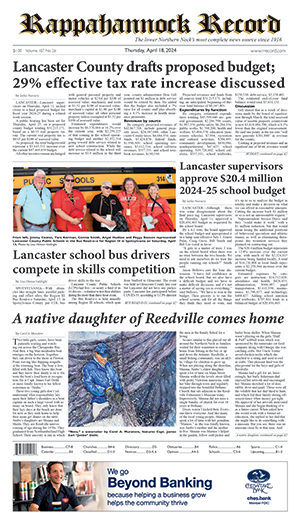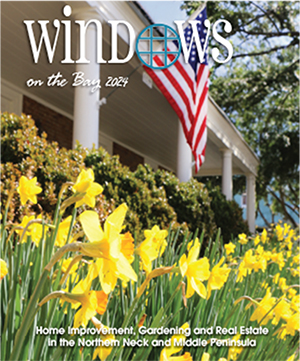Gladys has retired for the remainder of the year, having produced a bumper crop of eggs from February until early June. Thanks to her efforts, this season my Good Wife expanded her culinary horizon to include goose egg cheesecake. Quite simply, it was sublime, the worthy equal of her goose egg frittata, perhaps even surpassing it in taste—and probably, I fear, in calories.
The United States Postal Service recently honored Gladys by including a stamp depicting one of her kinsgeese, a Cotton Patch goose, in the new Heritage Breeds issue. Her relative is on the left midsection and lower corner of the sheet of stamps. Gladys is not a friendly individual, but she also is not malicious, simply preferring to be left to her own pursuits, honking away oblivious to others’ activities or interests. I never have understood why she does not have a sore throat; but then again, in all likelihood, she does.
Probably due to her increasing longevity—now at about 15 years—she appears to be less aggressive in clamoring for food, leaving the chickens to gobble up all they want before beginning to dine herself. Gladys is named for our friend, the late Gladys Watson, one of Kilmarnock’s great gardeners, on whose birthday we adopted her through the good offices of Michelle Simmons, the fowl guru of the Northern Neck.
For her own safety and protection, we keep Gladys confined to the poultry pen. After my Good Wife got a picture on her phone several years ago of a fox heading down the hill with Spot, a beloved Dominecker rooster, in his mouth, we have been forced to confine all the fowl to a large and copious pen. We serve them greenery in the form of fresh weeds and grass. Their favorite food is thistle. If I give them a five-foot high thistle, it will be obliterated in five minutes, Gladys getting more than her fair share whenever the offering is verdure.
Last year, the Elder B.E. and I cleared a small space in which we planted a packet of beet seeds. The result was not particularly impressive. We harvested some leaves and a few beets, but as the spot was under a walnut tree, I surmised that the toxic nature of the walnut leaves impeded the beets’ growth. We concluded not to plant there again; then, early this spring, we noticed a single beet not only having survived, but in great health.
The plant has shot up six sprouts nearly three feet in height, each filled with seeds to the point of toppling over because of their weight. Gladys stands behind the wire caging, eyeing the plant quite covetously, but she cannot get out of the pen to devour it. I am confident that the poor beet would be her first stop once liberated.
The plant’s successful survival and subsequent growth has inspired me to decide to save its seeds for next year, and it has caused me to reflect musically on perhaps the most famous aria sung by Cher, written and accompanied by Sonny, in their 1967 album, “The Best of Sonny and Cher.”
That song—with the slightest modification—explains the present situation. Quite simply, “The ‘Beet’ Goes On”—but I fear that if I were to leave Gladys to her own wonts, after she got her beak into it, the more appropriate theme song might be Sonny and Cher’s later rendition of “Gypsies, Tramps, and Thieves,” but for now all I can say is that indeed “the beet goes on.” Perhaps that is the tune Gladys has been honking all this spring?












